What Are the Classifications of Cattle Feed Produced by the Cattle Feed Pellet Machine
Date: 12/07/2020 08:40:40 From: feed-pellet-plant.com Clicks:
With the progress of science and technology and the improvement of people's living standards, people's demand for beef is increasing. For this reason, the ways of feeding feed are more and more extensive. Cattle are herbivorous animals. Most pastures, straws and grains can be used as feeds for raising cattle, but the nutrients and nutritional value of each type of feed are different. To make good use of these feeds for raising cattle, we must first These feeds are classified. The classification method of cattle feed is slightly different from place to place, but it can be roughly divided into five categories: green feed, dry roughage, energy feed, protein feed and feed additives.
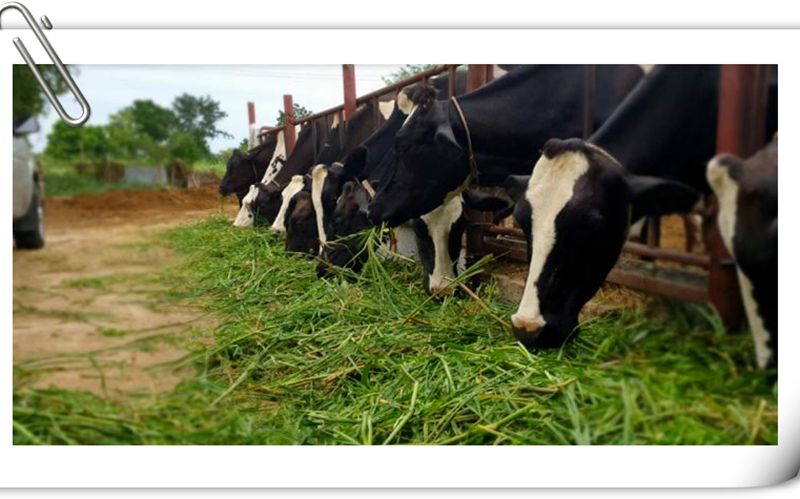
Cattle eating grass
1. Green Feed
Green feed is also called green feed and green feed. It refers to the fresh stems and leaves that can be used for raising cattle. It is named after it is rich in chlorophyll. Green feed contains a lot of water, trace elements, etc., and contains less energy, so it cannot be fed in large amounts. The green feed with larger moisture needs to be air-dried for a period of time, and can be fed only after the moisture is reduced.
Common green feeds include: natural pasture, cultivated pasture, field weeds, vegetable leaves, leaves, aquatic plants and fresh crop stalks.
2. Coarse Feed
Roughage refers to a type of feed that has natural moisture below 60% and dry matter with a cellulose content of 18% or more, and is fed in the form of air-dried matter. Coarse feed is the main feed for raising cattle, accounting for more than 60% of the feed for raising cattle. However, this type of feed has low nutritional value, so this type of feed cannot be fed completely. It needs to be properly matched with other types of feed before feeding.
Perennial coarse fodder can be divided into four categories: hay, straw and husk, leaves, and leftovers from agricultural product processing.
Hay: natural pasture, cultivated pasture, field weeds, etc., are air-dried to form cattle feed;
Straw and husk: the product after harvesting of crops, the quantity is large and easy to collect, it is the main source of roughage for raising cattle. There are corn stalks, soybean stalks, peanut seedlings, rice straw, wheat straw, peanut shells, sorghum shells and bean pods, etc.;
Leaves: The fallen leaves of trees in autumn are easier to use in forest areas. There are poplar leaves, locust leaves, elm leaves and mulberry leaves, etc.;
Agricultural product processing leftovers: This type of feed is not completely in the category of roughage, because this type of feed also contains a large amount of unused grains, so this type of feed should be between roughage and energy feed or protein feed. There are distillers grains, tofu residue, etc.
3. Energy Feed
Energy feed refers to a cattle feed with a crude fiber content of less than 18% and a protein content of less than 20%. Including gramineous seeds, bran, and tubers.
Gramineae seeds: refers to the seeds of gramineous crops, which are representative of energy feed and the main source of energy feed in cattle feed. There are corn, wheat, sorghum, etc., among which corn is most often used as feed for cattle;
Bran: A by-product of rice milling and flour milling. There are two types of rice bran and wheat bran. Since this type of energy feed contains more phosphorus, it should not be fed too much. In addition, you should pay attention to calcium supplementation when feeding to prevent the imbalance of calcium and phosphorus ratio;
Roots and tubers: This type of feed includes potatoes, sweet potatoes, etc. This type of energy feed can only be used as an auxiliary feed for raising cattle. At the same time, you must pay attention to whether the potato sprouts and whether the sweet potato has moldy or deteriorated to prevent beef cattle poisoning. happened.
4. Protein Feed
Protein feed refers to a cattle feed with a crude fiber content of less than 18% and a protein content of more than 20%. It is the main source of protein in cattle feed and can effectively promote the growth rate of beef cattle. It accounts for 10% to 20% of the diet. Protein feed is divided into three types: plant protein feed, animal protein feed and artificial nitrogen.
Vegetable protein feeds include: bean cake, peanut cake, cottonseed cake, sunflower cake and so on. The most commonly used in cattle feed are bean cake and peanut cake;
Animal protein feeds include: fish meal, meat meal, insect meal, eggs, milk, etc. Animal protein feed is rarely used in cattle feed. If necessary, it must be purchased through formal channels to prevent the inflow of mad cow disease and other infectious diseases;
Artificial Nitrogen: Due to the particularity of the digestive system of beef cattle, adding a certain amount of human nitrogen to cattle feed can synthesize protein, thereby reducing the trace amount of protein feed. The artificial nitrogen that is often added in beef cattle breeding is urea.
5. Feed Additives
Feed additives refer to substances that are used in small or trace amounts in cattle feed, but have significant effects. Feed additives are inevitable raw materials used in modern cattle-raising feeds. They can effectively strengthen the basic nutritional value of cattle-raising feeds and improve the utilization of cattle-raising feeds. Improve beef cattle production performance, reduce cattle raising costs, and prevent beef cattle diseases. Feed additives include minerals (trace elements), vitamins, growth promoters, anti-mold, antibiotics, buffers, flavoring agents, etc.
Mineral feed includes table salt, stone powder, calcium sulfate, eggshell powder, etc. It is a cattle feed that supplements the minerals needed for the growth of beef cattle. In order to use this type of feed more accurately, it is recommended that you buy beef cattle premix for feeding beef cattle, and at the same time, you can hang compound salt bricks in the cattle barn to supplement salt and various mineral feeds for cattle;
Vitamin feed includes: vitamin A, vitamin B, vitamin D, vitamin E, etc., which are necessary for raising cattle during the growth of beef cattle;
Antibiotics include: penicillin, streptomycin, chlortetracycline, etc., but beef cattle are rumen digestive animals, antibiotics will affect the rumen flora and thus affect digestion. Therefore, it is forbidden to add antibiotics to the feed for adult beef cattle.
The cattle feed pellet machine is widely used in feed processing of large, medium and small feed processing factories, livestock farms, poultry and livestock farms, individual farmers and small and medium farms, and farmers. It can also be applied to low-temperature granulation of biological bacterial fertilizer, organic fertilizer, compound fertilizer, etc. The structure is simple.
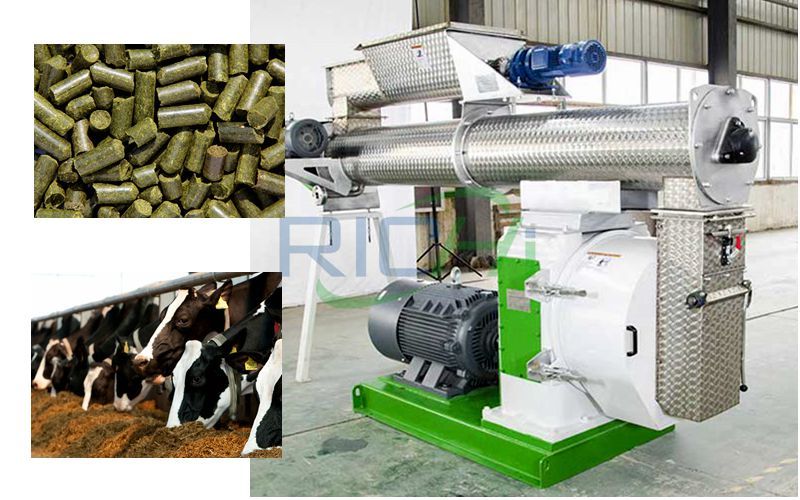
cattle feed pellet machine and feed pellet
The Advantages of the Cattle Feed Pellet Machine Are:
1. Wide adaptability, small footprint and low noise;
2. Powdered feed and grass meal can be pelletized by adding a small amount of liquid, so the moisture content of pellet feed is basically the moisture content of the material before pelleting, which is more conducive to storage;
3. Chicken, duck, fish, etc., can obtain higher economic benefits than mixed powdered feed;
4. Dry material processing, the produced feed pellets have high hardness, smooth surface and internal maturation, which can improve the digestion and absorption of nutrients;
5. The granule formation process can denature the pancreatic enzyme resistance factor in grains and beans, reduce the adverse effects on digestion, kill all kinds of parasite eggs and other pathogenic microorganisms, and reduce all kinds of worms and digestive system diseases. ;
6. The pellets made by the cattle feed pellet machine have high hardness, smooth surface, and sufficient internal deployment, which can improve the digestion and absorption of nutrients, and can kill common pathogenic microorganisms and parasites. It can obtain more land than mixed powdered feed. High economic efficiency.
Richi Machinery produces cattle and sheep feed pellet machine and feed pellet production line projects. The produced feed pellets can be applied to various animals and aquatic animals such as fish and shrimps. If you are interested in our products, please leave a message.
The above is the article for you: What Are the Classifications of Cattle Feed Produced by the Cattle Feed Pellet Machine. If you are interested in our products or project solutions, please contact us. We will give you the best product quality and the best price. Email: enquiry@pellet-richi.com
Related Product
Production Line Equipment
related News
- >How to Choose Premix for Cattle Feed Manufacturers?
- >Cattle Feed Pellet Machine Solves the Problem of Cattle Feeding in
- >How to Make Cattle Feed Pellets? Is It Good for Cattle to Eat Feed
- >300kg-500kg Beef Cattle Feed Formula and Cattle Feed Pellet Machin
- >Uzbekistan 1-2 T/h Cattle Feed Extruded Line and 1 T/H Floating Fi
- >The Role of Alfalfa in the Production Line of Cattle Feed Pellets
- >Cattle Feed Pellet Machine: How to make cattle feed? Cattle feed f
- >What Feed Does the Cattle Eat and What Feed Can the Cattle Feed Pe
- >How Much is the Price of a 5-6 Tons/hour Cattle Feed Pellet Making
- >Botswana 5 ton/hour Automatic Cattle Feed Pellet Mill Production L
Here you can submit any questions and we will get back to you as soon as possible. We will not disclose the information you submit to anyone, please rest assured.
Copyright© 2022 Richi Machinery. All rights reserved. Site Map


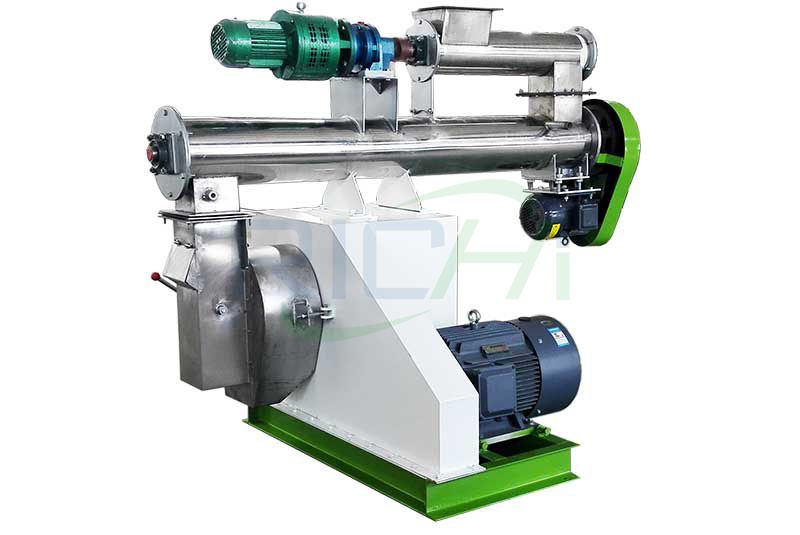
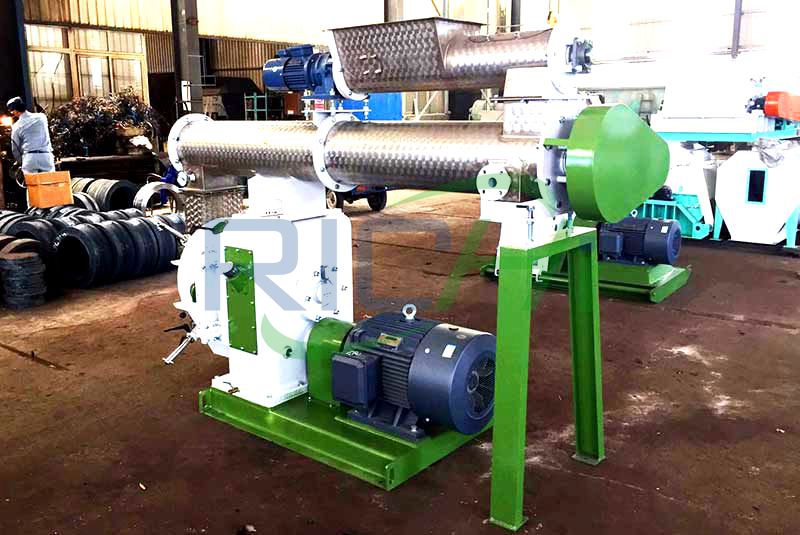
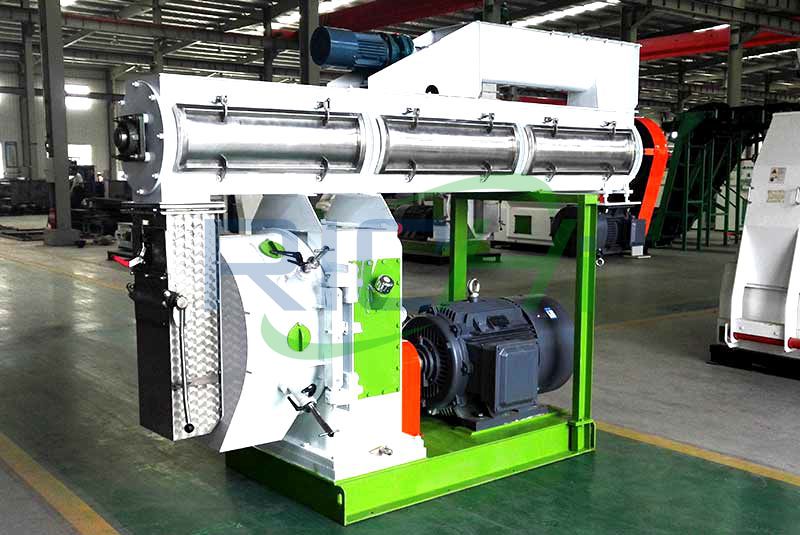
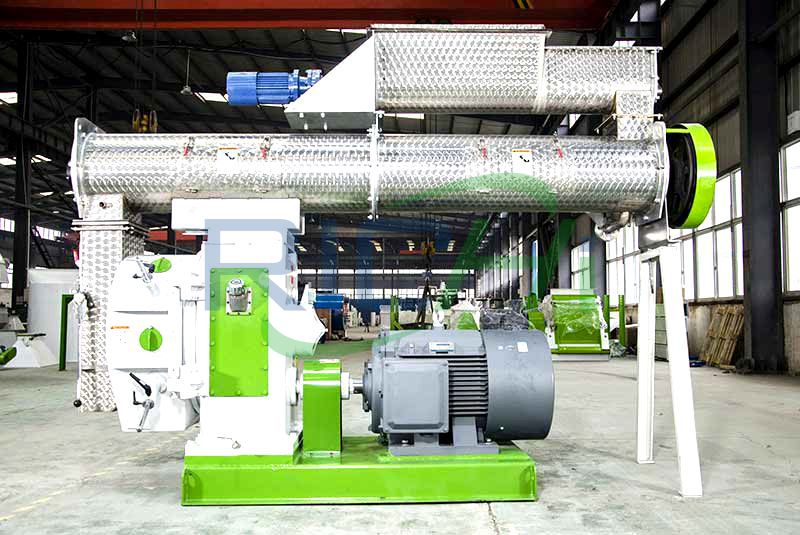
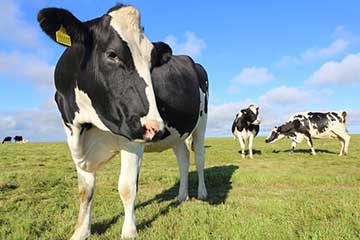
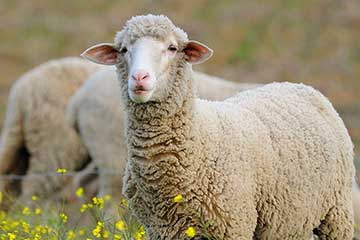
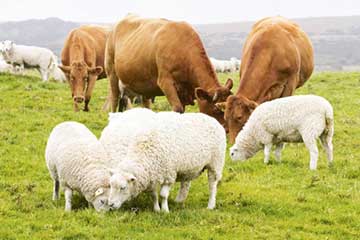
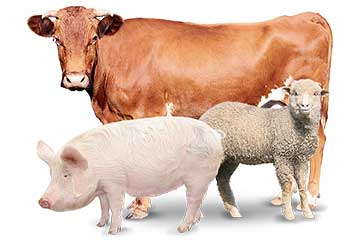
 Product Center
Product Center Get Latest Price
Get Latest Price